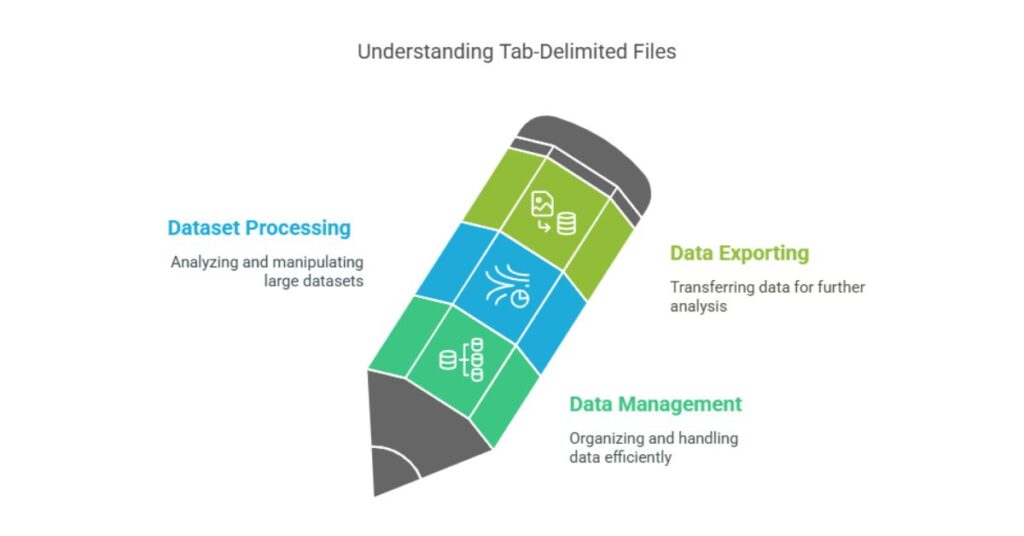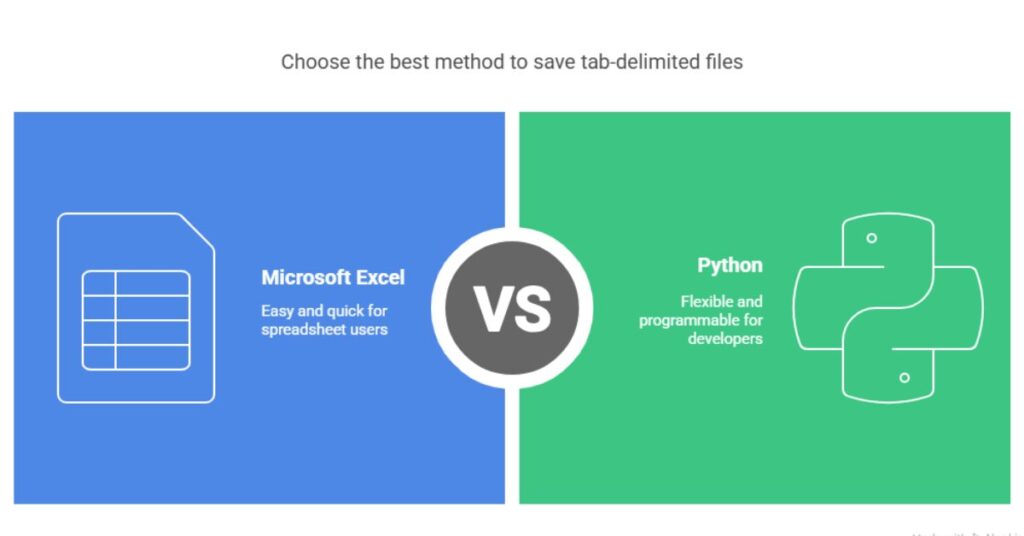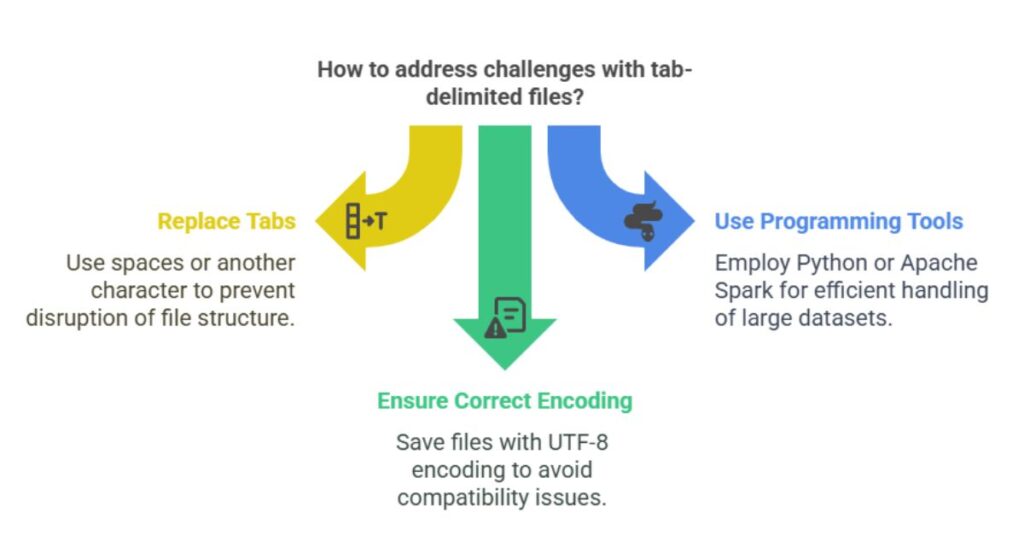Save Tab Delimited Files
Table of Contents
Save Tab Delimited Files : Introduction

Whether you are managing databases, processing large datasets, or exporting data for analysis, saving files in a tab-delimited format is a common requirement. Tab-delimited files are simple text files where data fields are separated by tabs, making them easy to read and process by various tools and programming languages. This article will guide you through the process of saving tab-delimited files, explain their importance, and provide practical tips for handling them effectively.
What Are Tab-Delimited Files?
Tab-delimited files store data in plain text format, where each field is separated by a tab character (\t). Each row of data is represented as a new line, making it easy to organize and interpret. These files are widely used in data exchange because they are lightweight, human-readable, and compatible with most software, including Excel, databases, and programming languages like Python and Java.For example, a tab-delimited file might look like this:
javascript
Name Age City
John 25 New York
Jane 30 Los Angeles
Doe 22 Chicago
This format is particularly useful for exporting structured data from one system to another without losing its integrity.
Why Use Tab-Delimited Files?
Tab-delimited files are preferred in many scenarios due to their simplicity and versatility. Here are some key reasons to use them:
- Compatibility: Most software tools, including Excel, Google Sheets, and database systems, support tab-delimited files.
- Efficiency: These files are lightweight and load quickly, even with large datasets.
- Readability: The plain text format makes it easy to inspect and edit the data manually.
- Data Integrity: Unlike CSV files, which may cause issues with commas in data fields, tab-delimited files avoid such conflicts by using tabs as separators.
Steps to Save Tab-Delimited Files

Saving tab-delimited files involves a few simple steps, depending on the tool or programming language you are using. Below, we outline the process for common scenarios.
1. Using Microsoft Excel
Microsoft Excel is one of the most popular tools for working with tabular data. Follow these steps to save a tab-delimited file in Excel:
- Open your data in Excel.
- Click on File > Save As.
- Choose the location where you want to save the file.
- In the “Save as type” dropdown, select Text (Tab delimited) (*.txt).
- Click Save.
Excel will save your data as a .txt file with tab-separated values. You can open this file in any text editor to verify its format.
2. Using Python
Python is a powerful programming language for data processing. You can use the csv module to save tab-delimited files. Here’s an example:
python
import csv
data = [
["Name", "Age", "City"],
["John", 25, "New York"],
["Jane", 30, "Los Angeles"],
["Doe", 22, "Chicago"]
]
with open("output.txt", "w", newline="") as file:
writer = csv.writer(file, delimiter="\t")
writer.writerows(data)
print("Tab-delimited file saved successfully!")
This script creates a tab-delimited file named output.txt in the current directory.
3. Using Google Sheets
Google Sheets is another popular tool for managing data. To save a tab-delimited file:
- Open your data in Google Sheets.
- Click on File > Download > Tab-separated values (.tsv, current sheet).
- The file will be downloaded to your computer.
Best Practices for Handling Tab-Delimited Files
To ensure smooth handling of tab-delimited files, follow these best practices:
- Validate Data: Before saving, check for any special characters or formatting issues that might cause errors.
- Use UTF-8 Encoding: Always save files with UTF-8 encoding to ensure compatibility with different systems.
- Test File: Open the saved file in a text editor to verify its structure and content.
- Backup Data: Keep a backup of your original data to avoid accidental loss during file conversion.
Common Challenges and Solutions

While working with tab-delimited files, you may encounter some challenges. Here are common issues and their solutions:
- Tabs in Data Fields: If your data contains tabs, it can disrupt the file structure. Replace tabs with spaces or another character before saving.
- Large Datasets: For very large datasets, use programming languages like Python or tools like Apache Spark to handle the data efficiently.
- File Encoding Issues: Ensure the file is saved with the correct encoding (e.g., UTF-8) to avoid compatibility problems.
Tools for Working with Tab-Delimited Files
Several tools can help you work with tab-delimited files effectively:
- Text Editors: Use editors like Notepad++, Sublime Text, or VS Code to view and edit files.
- Data Analysis Tools: Tools like Excel, Google Sheets, and Tableau can import and process tab-delimited files.
- Programming Languages: Python, R, and Java provide libraries for reading and writing tab-delimited files.
Conclusion
Saving tab-delimited files is a simple yet essential skill for anyone working with data. These files offer a reliable way to store and exchange structured data across different systems. Whether you use Excel, Python, or Google Sheets, the process is straightforward and efficient. By following the steps and best practices outlined in this article, you can handle tab-delimited files with confidence and ensure the integrity of your data.